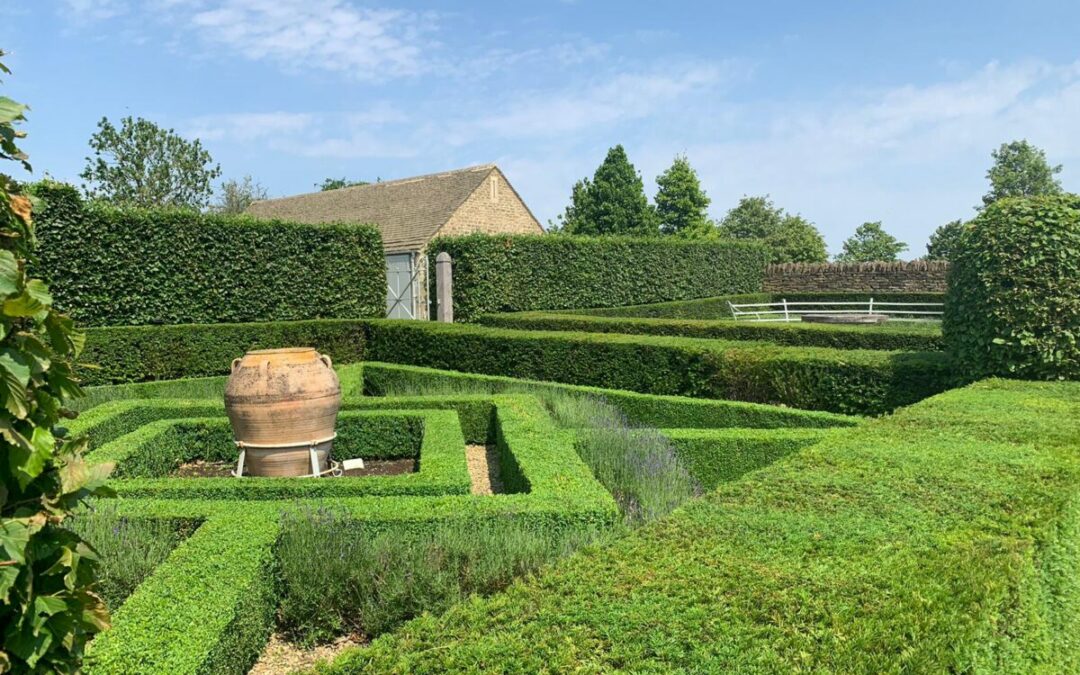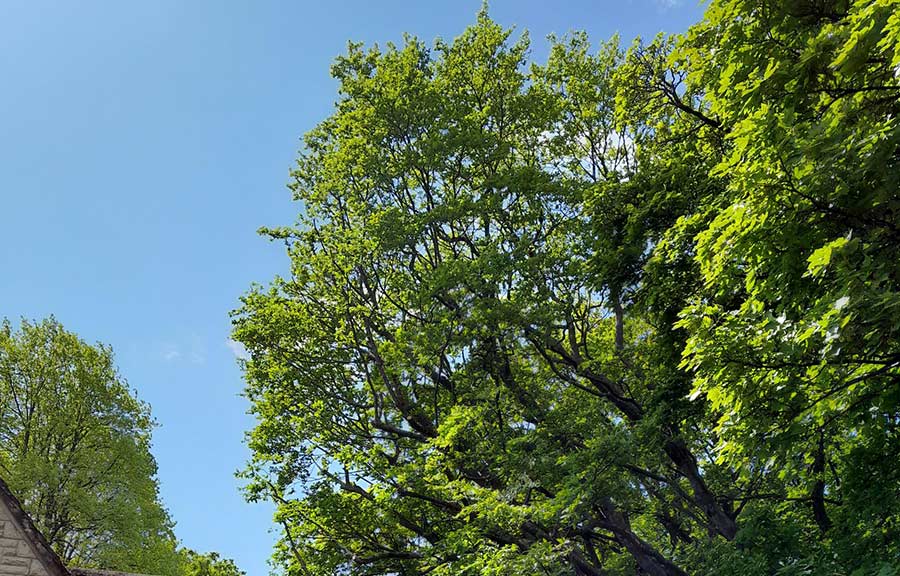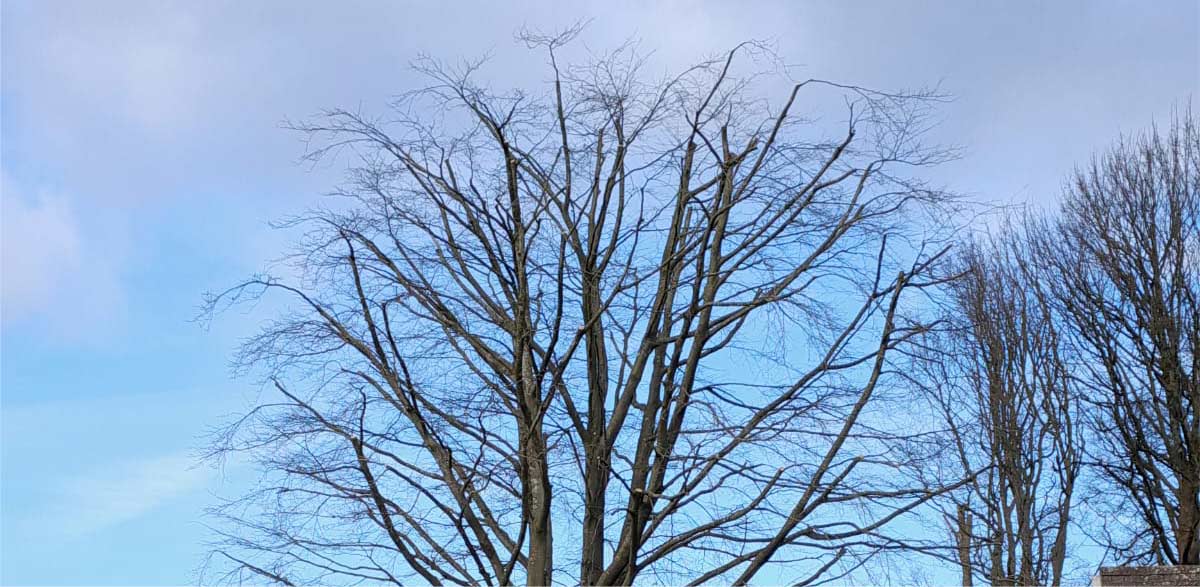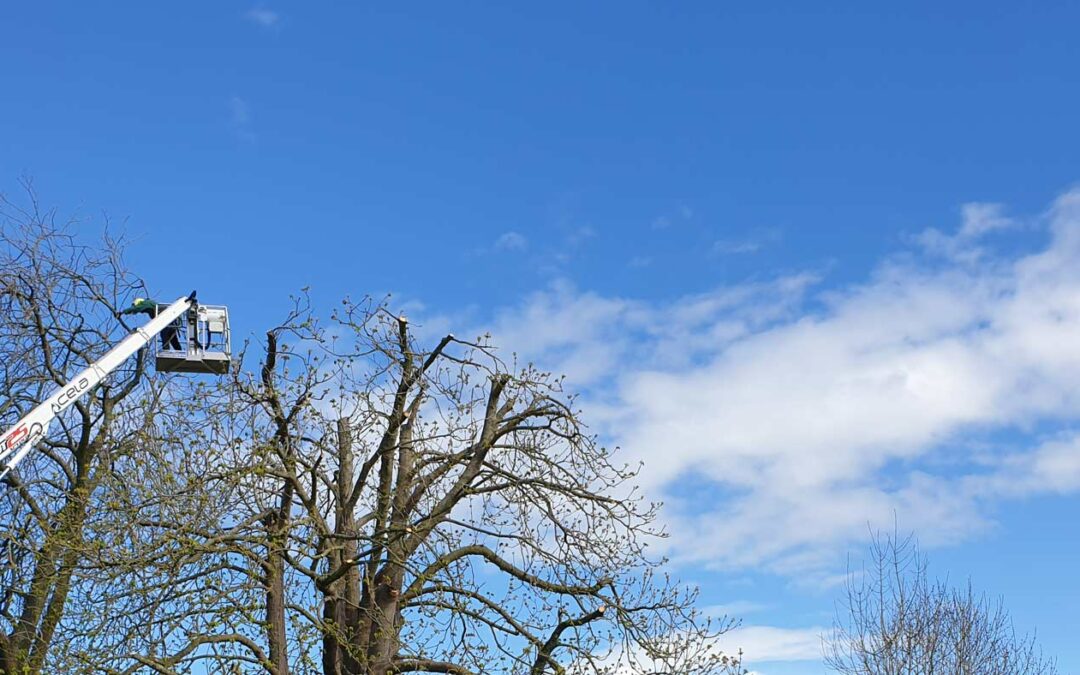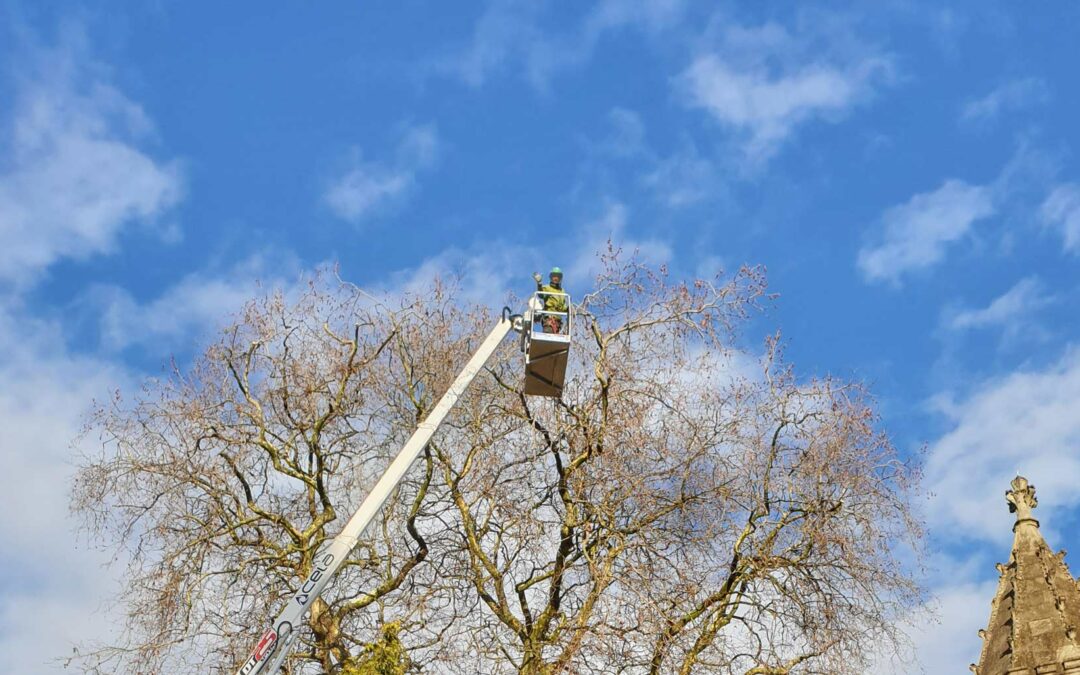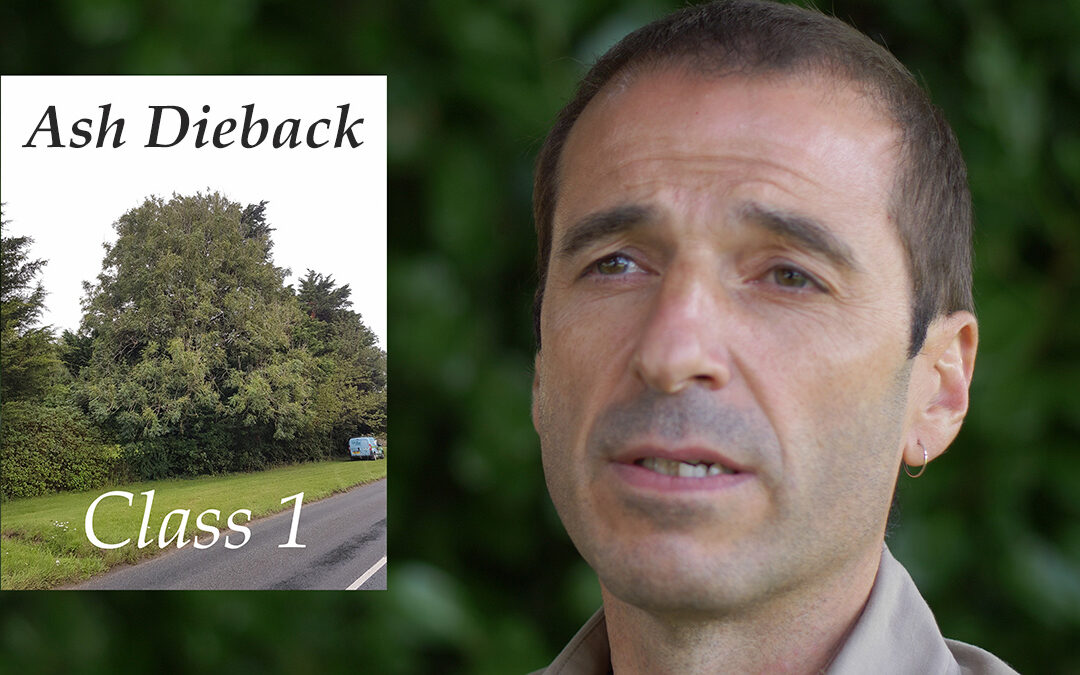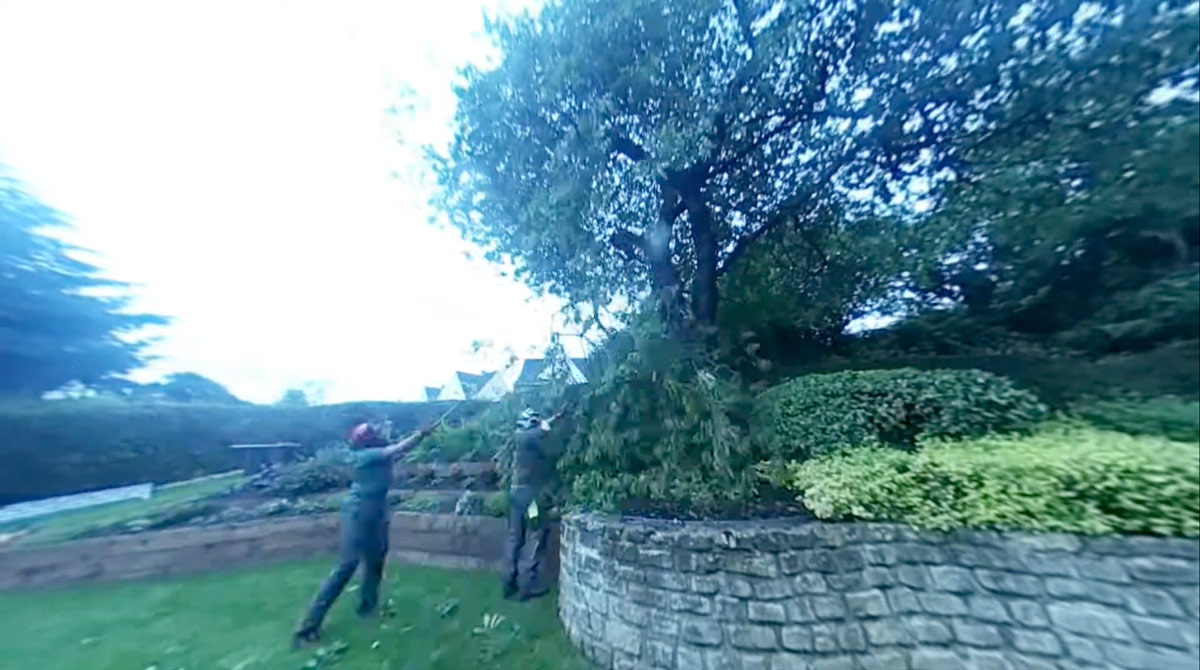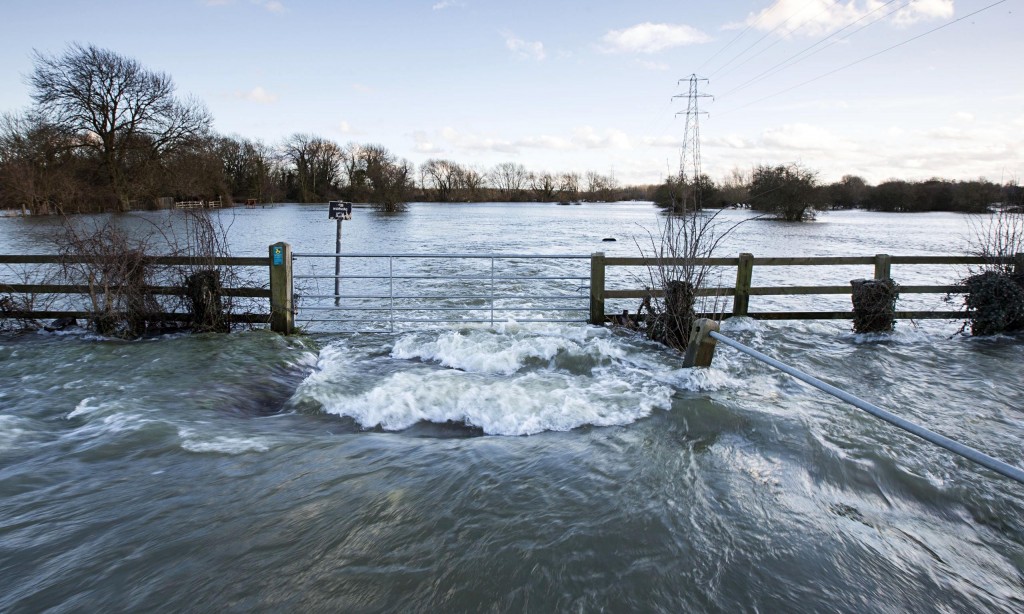Friends of Geoff travelling in Australia emailed the following question in 2009;
To Geoff: drove through some amazing gum forests today – how do they survive when the bark peels off?
here is Geoff’s reply (apologies for the frivolous tone…)
Ach! Ze ol’ bark-shredding kvestion!
It is actually a strategy or I should say an ecological adaptation, not an accident. Only the outer layers are shed, which are dead, with the live cells including the all-important cambium layer remaining intact (cast your mind back to A level biology and DO try to stay awake at the back!). So the tree does not suffer however it is a ‘cost’ in terms of discarding biomass, so why does the tree do it? Benefits are likely to be some, possibly all, of the following:
1) Atmospheric pollutants are shed. Though this may not be very relevant with Eucalyptus it is thought to be at least part of the reason why London Plane for example (which also sheds bark) is so highly tolerant of urban situations.
2) Some trees in very hot/dry climates shed leaves in the summer rather than winter, in order to conserve moisture. Leaves = photosynthesis, so a bit of a problem, however the fresh bark under the fallen shreds is green and can do at least some of the photosynthesis. But (I hear you cry) Eucalypt is evergreen. Ok smartass but, as the thick-skinned Tesco says, every little helps (enough! Stop the metaphors now!). And leaves don’t function very well in really hot weather, so there.
3) Shedding bark helps prevent climbing plants from getting up the tree, or germinating up in the tree, such as the notorious curtain fig and strangler vine both of which are bad news for the host tree.
4) Similarly it will deter or prevent epiphytes from growing up in the tree including stuff which on the face of it don’t seem to disadvantage the tree, such as lichens and mosses. However some research is showing that these epiphytes tend to acidify the run-off following rain, and that this increased acidification to the soil (and thereby taken up by the tree) leads to a gradual decline in tree or forest health.
5) Finally (ok, for now), the fallen shreds form a pretty effective mulch that as we all know (don’t we Tone) conserves moisture for the tree, is a slow release of nutrients, and may deter germination of competing vegetation.
6) Finally finally (nearly forgot this one) it produces very nice combustible material. But surely… No! Regular burning, as is or used to be practiced by native populations in many countries (including Aus and the US) to improve conditions for game, is positively beneficial to many species including Eucalypt. In fact some species require it before releasing seed, including some Eucalypts. These low level burns don’t kill the tree but allow the release of nutrients, remove low level competition, clean up pest and disease, reverse acidification, and give a nice nutrient-rich seed bed. Very big, irregular burns, the occasional and disastrous consequence of preventing small regular burns, is of course a very different matter.
7) From Steve Fitzgerald (near Melbourne):
Interesting thing is that some Eucs such as Euc regnans (Mountain Ash) are sensitive to fire and easily killed by it. Mt Ash need the ash bed, open canopy and lack of predators (ants, wallabys, etc) to reproduce. The long strips of bark hanging from the branches that are so common in Ash forest around the height of the fire season are ideal for bridging ground fire into the canopy and then floating away on the wind to start new fires! With Ash fire timing is very important or whole forests can disappear. The acidification theory is a good one for fire adapted plant species.

